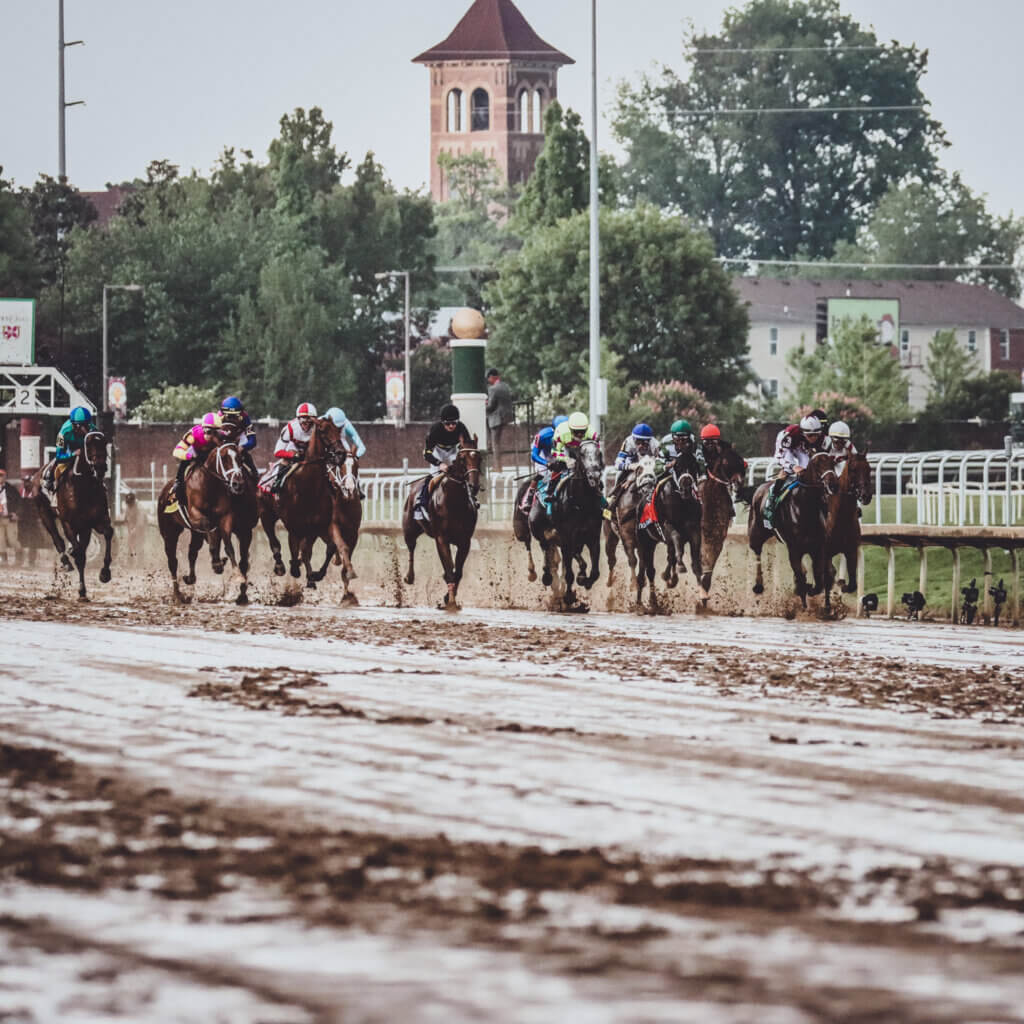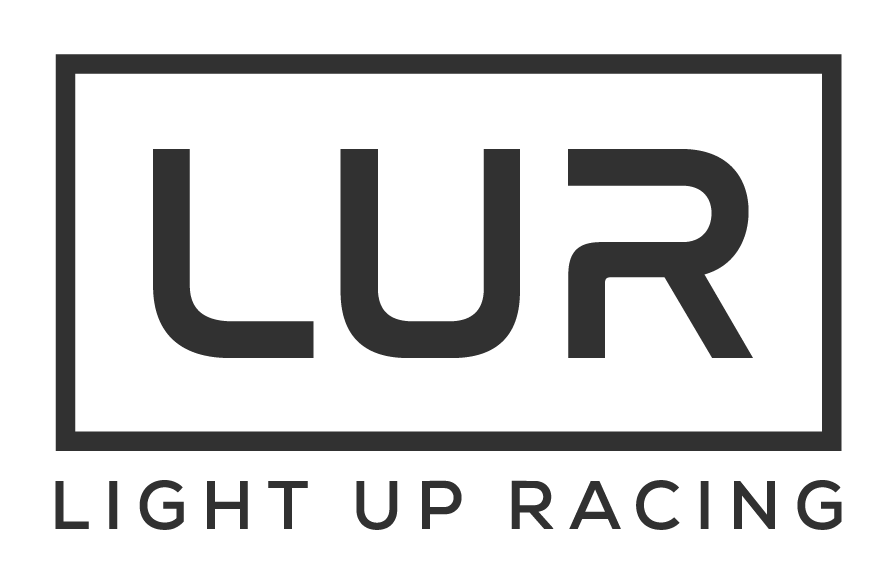Written By: Dr. Jeff Berk
In recent years, there has been an increasing emphasis on the importance of the welfare of racehorses beginning at birth and extending through the rest of their lives. Thoroughbreds are bred for racing, and when their racing careers are over they will enter another phase of their lives, some to a second athletic career and others to a more sedentary existence. As with all other animal species, there are unique circumstances in which equine euthanasia is the most humane option. Cases requiring humane euthanasia should be distinguished from slaughter (link to Light Up Racing Common Question “Why are horses sometimes euthanized when they break a leg?” on LUR website).
Horse slaughter has effectively been banned in the United States through a mechanism which has defunded the mandatory inspection of equines intended for slaughter. Under current legislative consideration is the SAFE (Save America’s Forgotten Equines) Act. Introduced in the House of Representatives in 2021, its purpose is to amend the Horse Protection Act to prohibit the shipping, transporting, moving, delivering, receiving, possessing, purchasing, selling, or donation of horses and other equines to be slaughtered for human consumption, and for other purposes.
The United States Department of Agriculture (USDA) reported that in 2022, more than 16,300 horses were shipped to Mexico to be slaughtered and that more than 5,100 horses went to slaughter in Canada. This number is drastically reduced from the more than 300,000 horses that were shipped overseas for meat in the 1990s.
Although it is currently technically legal to send horses to Mexico or Canada for slaughter, there are significant welfare concerns associated with the transportation and housing of horses being shipped to slaughterhouses out of the country. The AAEP (American Association of Equine Practitioners) delineates these concerns in the resource document entitled AAEP Principles of Equine Welfare. The AAEP believes:
- Equids must be provided water, food, proper handling, health care and an environment appropriate to their use, with thoughtful consideration for their species-typical biology and behavior.
- Equids should be cared for in ways that minimize fear, pain, distress and suffering.
- Equids should be protected from injurious heat or cold and severe weather conditions.
- Equids should be transported in a manner which minimizes the potential for illness, injury, fatigue or other undue suffering during the transportation process.
- Equids shall be treated with respect and dignity throughout their lives and, when necessary and at the appropriate time, be provided a humane death.
The US Thoroughbred industry is actively engaged in preventing retired racehorses from entering the horse slaughter pipeline. On The Jockey Club website, there is ample information on transitioning horses from racing to the next phase:
Find Your Thoroughbred’s Next Career
Thoroughbreds are in high demand as sport horses. The Jockey Club provides this list of resources and programs to help embark your Thoroughbred on the journey to its next career. When you make plans to retire your Thoroughbred, please consider responsible retirement, placement, or sale. Horses sold straight from the track or breeding farm through horse dealers, unregulated “livestock” sales, or all breed / loose horse auctions run a great risk of ending up in a precarious situation, including export for slaughter. Retired racehorses have value when sold through Thoroughbred auctions, reputable horse auctions or sales agents, or racetrack-affiliated listing services. All Thoroughbreds deserve a chance to have a successful and dignified life beyond the racetrack.
The following groups are among those which provide guidance and assistance in the process:
- The Jockey Club Thoroughbred Connect
- Thoroughbred Aftercare Alliance
- Thoroughbred Charities of America
- Retired Racehorse Project
- The Right Horse Initiative
- Right Horse Partner
- United Horse Coalition
The TAA (Thoroughbred Aftercare Alliance) is the national “umbrella” organization for accredited aftercare facilities. Based in Lexington, KY, TAA is a 501(c)(3) nonprofit that accredits, inspects, and awards grants to approved aftercare organizations to retrain, retire, and rehome Thoroughbreds using industry-wide funding. Along with continued funding from its original partners Breeders’ Cup, The Jockey Club, and Keeneland Association, the Thoroughbred Aftercare Alliance is supported by owners, trainers, breeders, racetracks, aftercare professionals, and other industry members. Since inception in 2012, Thoroughbred Aftercare Alliance has granted more than $31.9 million to accredited aftercare organizations. Currently, 86 aftercare organizations comprised of approximately 180 facilities across North America have been granted accreditation.
When a horse recently retired from racing is donated to an aftercare facility, it is the job of the facility’s management and staff to evaluate the horse and determine the possibilities for a second career. Depending on the athletic ability of each individual horse and any performance-limiting injuries that the horse may have sustained during its racing career, a second career can range from high level athletic endeavors like three-day eventing, Grand Prix level jumping, foxhunting and dressage to low-level activities (trail riding and pasture companion) and anything in between … mid-level activities like hunter / jumper shows, etc.
The TIP (Thoroughbred Incentive Program) was created to encourage the retraining of Thoroughbreds into other disciplines upon completion of careers in racing or breeding. TIP offers incentives for competition horses, recreational horses, young riders and Thoroughbreds in a non-competitive second career as well as a Championship horse show. From the first T.I.P. event at Red Hills International Horse Trial in Florida on March 8, 2012 through the end of 2023, there were more than 10,400 horse shows and events with T.I.P. classes or awards held in 53 states and Canadian provinces. More than 89,000 eligible Thoroughbreds participated in these shows and events, competing for thousands of ribbons, hundreds of prizes and thousands of dollars in prize money simply for being a registered Thoroughbred. In 2024, more than 1,500 sponsored horse shows were approved for awards for Thoroughbreds in 42 states and 6 Canadian provinces and in virtually every imaginable discipline.
There are significant efforts underway to create a system of traceability of each horse exiting from racing and to direct it toward aftercare programs. The replacement of hardcopy registration certificates with digital certificates, beginning with the foal crop of 2018, will allow The Jockey Club to follow up with the certificate manager to try to trace a Thoroughbred that has exited the racing or breeding population with an unknown outcome. An automated prompt will be triggered when a horse has no racing activity, no breeding activity, and no Thoroughbred Incentive Program number for a specified period of time. The communication will explain why the prompt was triggered and will ask the manager to indicate the horse’s current status. When they have submitted the response, the certificate manager will be sent a message related to their selection, including how to transfer the digital certificate or complete the Transferred as Retired from Racing process, or aftercare resources, for those horses consigned to a non-racing auction or sale. In addition to collecting the data, the database will include a reporting function to monitor failures to reply and analyze the responses to assist with aftercare efforts.
To complement the rollout of the digital certificate prompts, The Jockey Club reaches out to the last racing connection of horses foaled in 2017 and prior that started in the past 10 years but have a current unknown status. This outreach does not include current racing or breeding stock, horses with T.I.P. numbers, or horses with a known status in their first exit from racing, such as those who are exported or transferred. The Jockey Club also tries to identify and exclude those horses that went through a facility accredited by the Thoroughbred Aftercare Alliance. Owners are reminded that they can, at any time and free of charge, update ownership information with The Jockey Club and through Interactive Registration, and should report deaths to the registry on a timely basis.
The US Thoroughbred public auction houses have instituted a deterrent to discourage the purchase of horses with the intent of slaughter. A minimum bid (also called the “upset price”) of $1,000 is required in order to purchase a Thoroughbred at public auction. Since this price exceeds the amount of the meat value and costs incurred by a slaughter buyer, it is generally acknowledged to be effective in reducing the number of horses being shipped to slaughterhouses out of the country.
In summary, all segments of the Thoroughbred racing and breeding industry are actively working to eliminate any avenue that would result in Thoroughbred racehorses being sent to slaughter at the conclusion of their racing careers. The organizations and initiatives previously mentioned are engaged in providing opportunities for these horses to have productive enjoyable lives in a safe environment.
Written by: Dr. Jeff Berk



